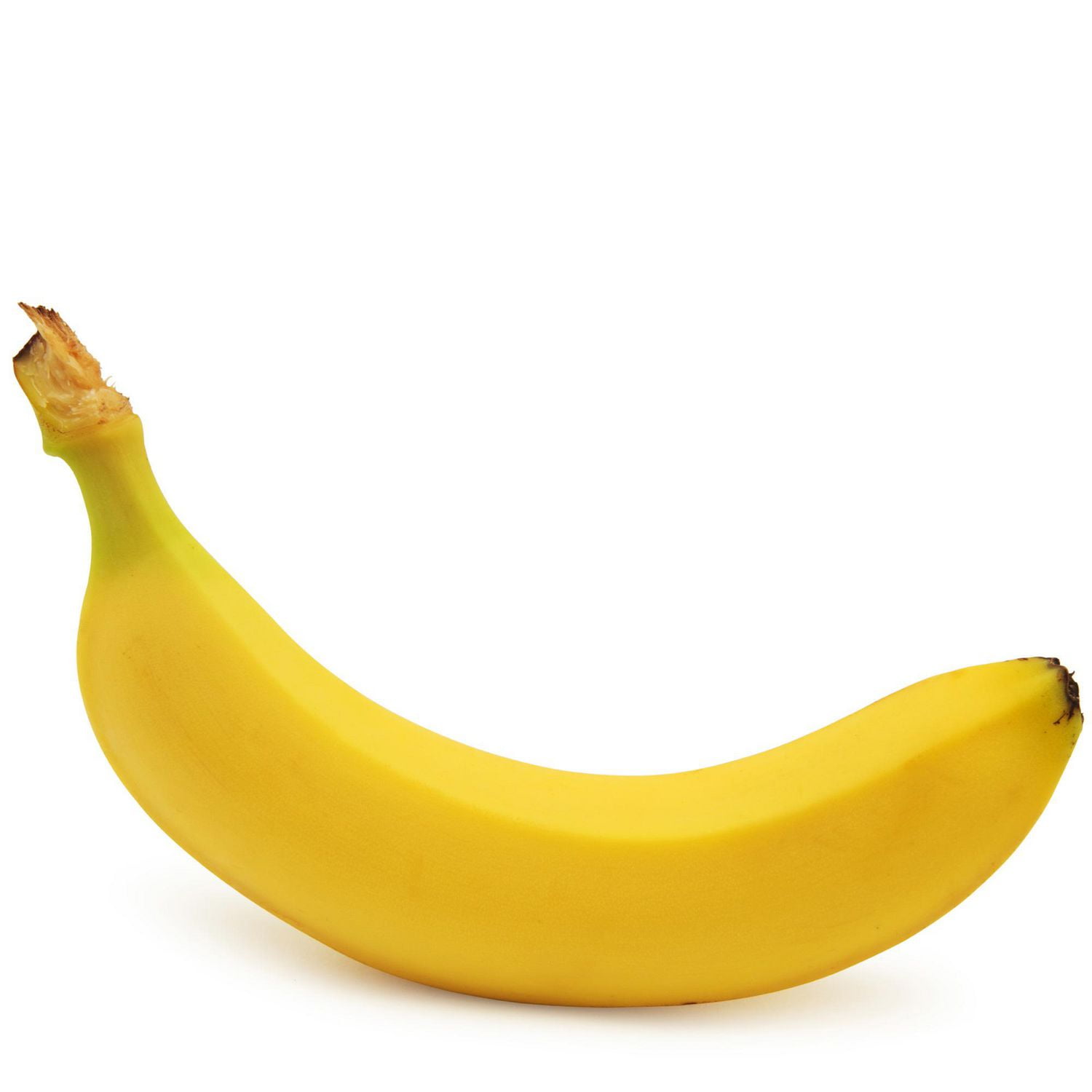Results
This experiment has two parts: one tested the effectiveness of chitinase breakdown using our synthesized strain of ChiA and the other tested the ability of said strain tobe mutated and we used mathematical models to predict whether or not enzyme evolution via error prone PCR is possible.
In proving the ability of GST-ChiA-FLAG (our synthesized construct) to secrete chitinase, we used two methods. In the solution assay there was significant chitinolytic activity and the levels of degradation were measured using colorimetric methods and absorbance measurements. (see Figure 1)
 |
The levels of chitinolytic activity were measured using a serial dilution of chitinase to test to see that an increase in chitinase concentration is correlated to increased chitin degradation. As the concentration of chitinase decreases from left to right, there is a decrease in absorbance/color showing that there is, in fact, a direct correlation. |
Chitinase secretion also is also expressed in the plate assays were rings of chitin degradation are observable by the naked eye on chitin agar plates. (see Figure 2)
 |
The plate on the right was plated with colonies of bacteria that was transformed with our GST-ChiA-FLAG construct and the plate on the left was plated with bacteria transformed with a negative control (pBAD-D4). There are visible rings and more colonies on the right as there is actual ChiA sequences in those bacteria and the vector used for this construct had ampicillin resistance. The negative control didn’t have a sequence for ChiA but did have ampicillin resistance although there does seem to be a lower survival rate in the negative control colonies regardless. |
This proves that chitinase is effective in degrading chitin when transformed into e.coli and that it is in fact the GST-ChiA-FLAG that is degrading the chitin (this notion is supported by the negative control which had no chitin degradation). After we proved that the enzyme is effective we tried to purify the protein and produce on a small scale by utilizing the GST sequence. We purified protein using GST purification protocol outline by (insert source here) and used western blot to determine the concentration of arabinose to maximize protein expression and also to check protein expression. The arabinose check was successful however, the western blot was not. When we reattempted the protein purification and then did western blot, we modified the protocol to increase induction efficiency, and also did the Bradford Assay to check the concentration of protein. (see figure 3)
 |
These are the measured absorbance from the Bradford assay which we did in triplicate. The cells highlighted in blue was the known controls (1000, to 500, 250, 125, 62.5, and 0 ng/microL from top to bottom) while the cells highlighted in pink are the samples of protein. Wells 1A-C are samples from frozen bacteria and wells 2A-C are samples from fresh bacteria and we performed a 1:10 dilution. Based on these results, there is a very small concentration of protein but when we did western blot later there was no protein that appeared on the blot. |
The Bradford assay showed a very small concentration of protein that was purified while the western blot showed none at all (it is important to note that these results were after the purification protocol was modified) however this is not due to induction inefficiency or lack of protein (we proved both in the arabinose check and the plate and solution assay). Therefore, the only error most likely has to do with protein that was lost during the purification process and then dissolved during SDS-PAGE, transfer, or blotting (as the concentration of protein was already very low it would be easier for some of it to be lost during the blotting process). These errors could be due to problems with the protocol or incorrect lab techniques but we were able to extract some results: protein exists, can be purified to some extent, and the concentration of arabinose to efficiently induce protein expression.
The second part of our experiment is trying to prove the ability of GST-ChiA-FLAG to be mutated to encourage future research on the enzyme evolution of the chitinase strain via error prone PCR. This part of our experiment was inspired by a mathematical model known as Monod’s equation. [insert monod’s equation info here]. We used this equation to predict where mutations would occur. Then we proved the ability of Serratia Marcescens chitinase to be mutated experimentally through our construct (GST-ChiA-FLAG). (see figure 4)
 |
Based on this graph, there is clearly several sites of mutation between the negative control and the positive control (positive and negative for Mn+ which the mutation agent). Clearly showing that there mutagenesis is possible. |

Caption: this is a banana!
More text...
More text...
More text...
More text...
More text...
More text...
More text...
